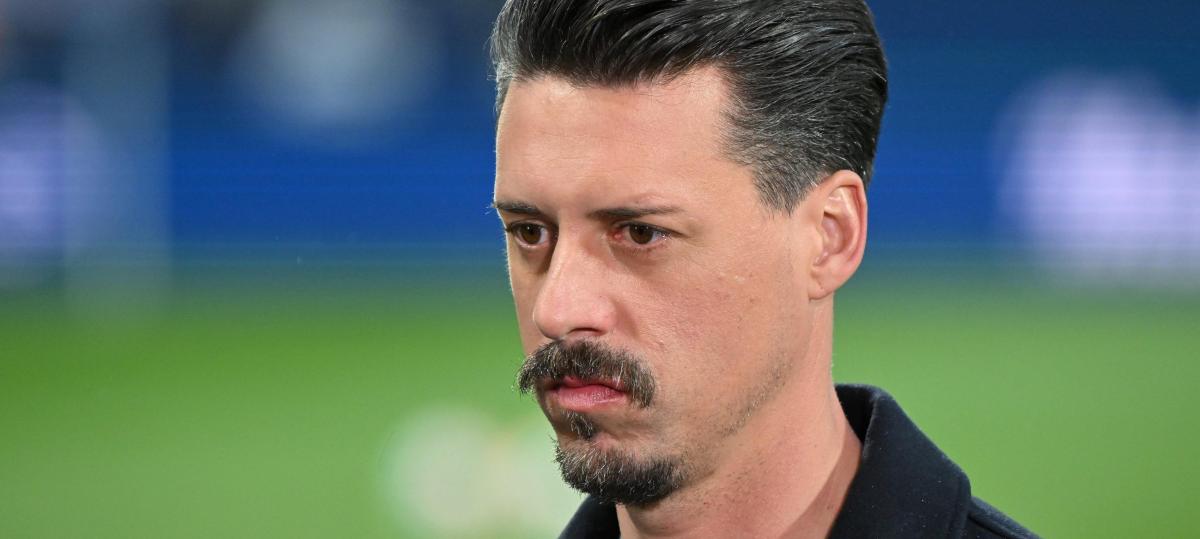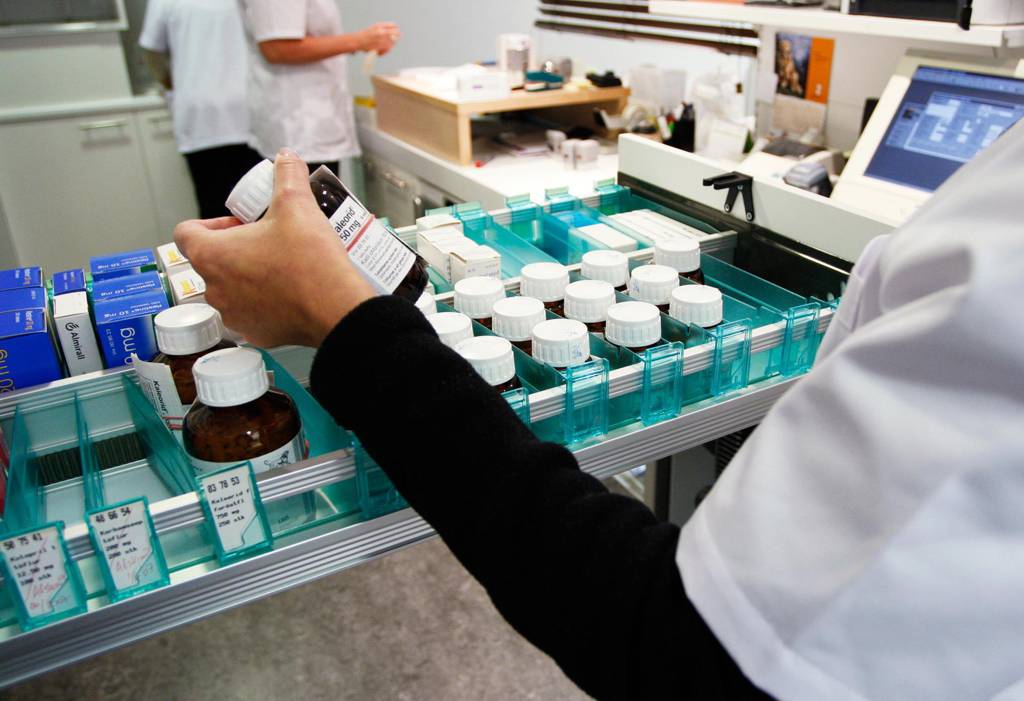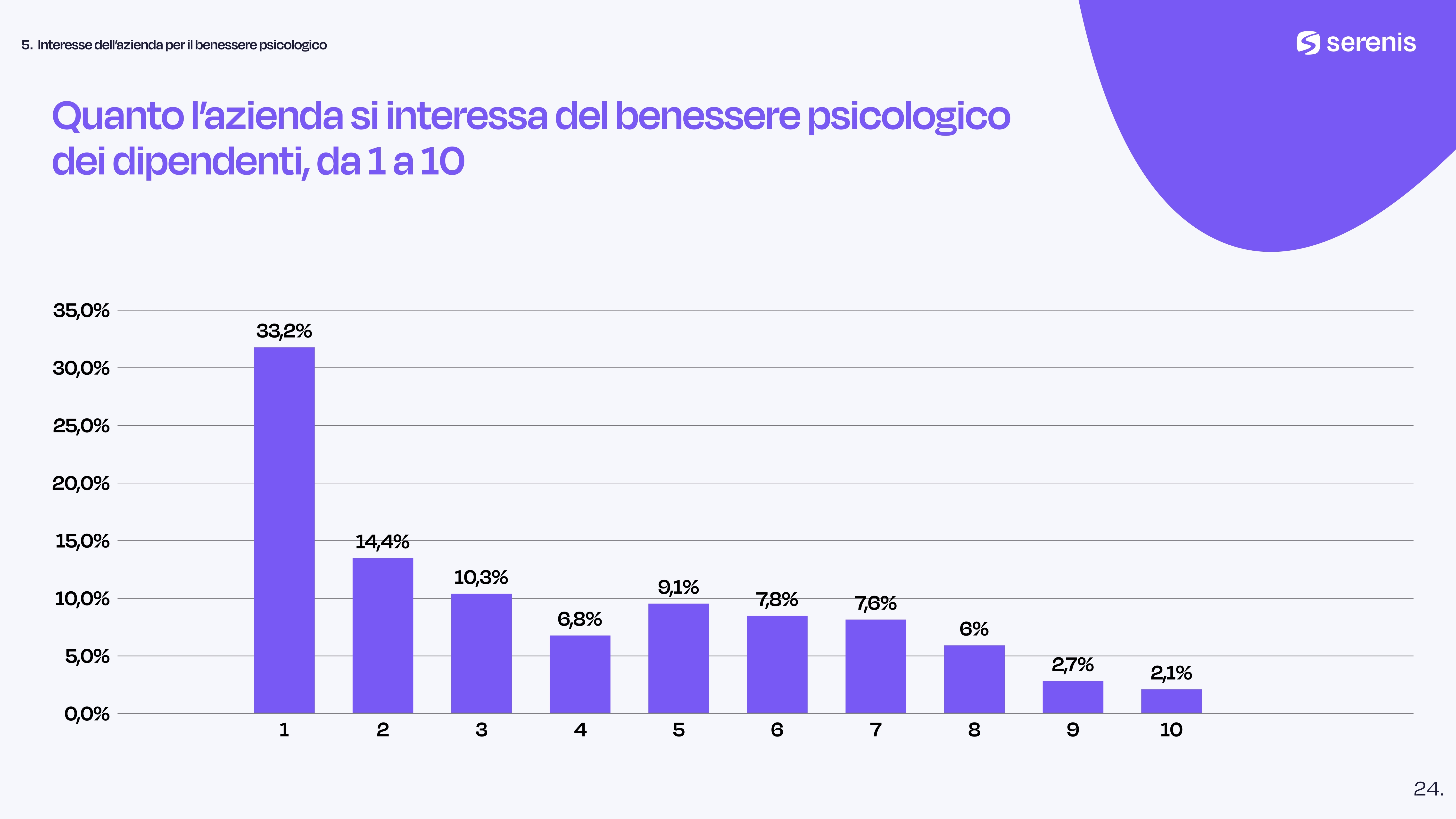When sports become a luxury goods in the north
Imagine to have to have to soldered out dating meetings to be able to send the handball team yours at away match. Or that a 15 -year -old girl must use her confirmation money to play volleyball. Such is the reality of Northern Norway in 2025. This is not a complaint song from a spoiled elite-it is a cry for help from the grass root in Norwegian sports. We are losing athletes, volunteers and families – not because they do not want to participate in sports, but because they cannot afford.
A geographical lottery with losers in the north
In Oslo, a handball player can ride a away game. In Finnmark you have to fly. Where youth in Eastern Norway travel collectively, youth in the north have to drive for hours, take a ferry, sleep on school floors, play double matches – and pay thousands to join. Many families in the north pay between NOK 30,000 and 100,000 annually per child only in travel costs. In Bodø Handball Club, parents have to spend up to NOK 40,000 per season for a 16-year-old. In Hammerfest, one practitioner cost his trip to the Bergen Swim Festival NOK 40,000. Bjørnevatn IL spent NOK 110,000 on a single away match in Oslo. In Tromsø we find IF Fløya who plays width football in one of six departments at the fourth level of Norwegian football. They have a travel budget of NOK 650,000 for a season, and a away match can come up to NOK 85,000. This is madness. And it happens every week, all over Northern Norway.
Cracks in the community model
Norwegian sports are based on the ideal that all children and young people should be able to participate – regardless of background, place of residence and finances. But this ideal crumbles in the face of reality in the north. IK Junkeren in Bodø spent NOK 2 million on travel costs in 2024. There is money that could have gone to coaches, equipment and development – but which instead disappears in fuel, flights and overnight stays.
Air traffic for whom?
The government has halved maximum prices on the foot routes and launched free ferries. At the same time, the sports teams are still at the back of the ticket queue. When Widerøe and Avinor cheer for increased traffic, it is not young swimmers from the north who fill the seats-there are « Coolcation » tourists from the continent. Fly is the lifeblood in the north.
But it only works for business and tourism. For sports, it is expensive and inaccessible. It does not help that the tickets have become cheaper when board leaders across the region report that the total travel costs are only increasing. For it is not cheaper to travel in 2025 than in 2022. Alta IF’s men’s team spent 1 million kr. In travel, in 2024 the price was 1.36 million and by 2025 the budget is 2 million.
« If this continues, we are running a controlled termination of top sports in Finnmark, » says Alta IF.
A social crisis in the pipeline
When children have to stand over tournaments. When families have to choose between sports and food. When talents end before they get to try. Then we have a serious national problem – not just a regional. Sports leaders tell about apostasy in adolescence. Parents are struggling financially. And teams are considering withdrawing from series games. Not because they want to – but because they have to. As a father from Nordland said, « Fortunately, my daughter moves south to high school. Then it will finally be cheaper to bet on sports. » Is that how we want it?
What needs to happen?
We need more than symbolic measures. We need a policy that takes geographical differences seriously. Here are three specific steps that can save the participation in the north:
1. Residential discount
An excessive proportion of the flight tickets are taken by foreign tourists and travel agencies. They will seize the flight seats long before the tournaments are set up or the youth have been given the opportunity to qualify for the competitions. If there is a « resident discount », this will hit the sport.
2. Differentized operating support for teams and associations.
It costs more to run sports in Northern Norway and in the districts, and if it is to be a worthy leisure time even in the smallest municipalities it must be possible to travel on tournaments from both Moskenes, Skjervøy or Berlevåg. Therefore, support for teams in district municipalities must be greater. A targeted support scheme based on geography or centralization classes can equalize the conditions of competition and ensure that children and young people throughout the country have the same opportunities. Similar differentiated support schemes already exist, and apply to kindergartens, schools and health – why not leisure services?
3. Introduce a national “sports travel scheme” by model of patient travel
Today, patients receive reimbursed expenses for the necessary health journey – wherever they live. Why shouldn’t the same principle apply to children and young people who have to travel far to participate in sports?
Sport itself also takes responsibility
Teams, clubs and special circles add up to double matches to reduce the number of trips, sleep on school floors to reduce accommodation costs and share transport with neighboring clubs. That is not enough, Boscop UL has invested in its own minibuses to reduce costs – but some matches still cost NOK 50,000 internally in their own county. Sports do its part, now the public must also contribute to the sport not a luxury good for the few, but a place to belong – throughout Norway.




